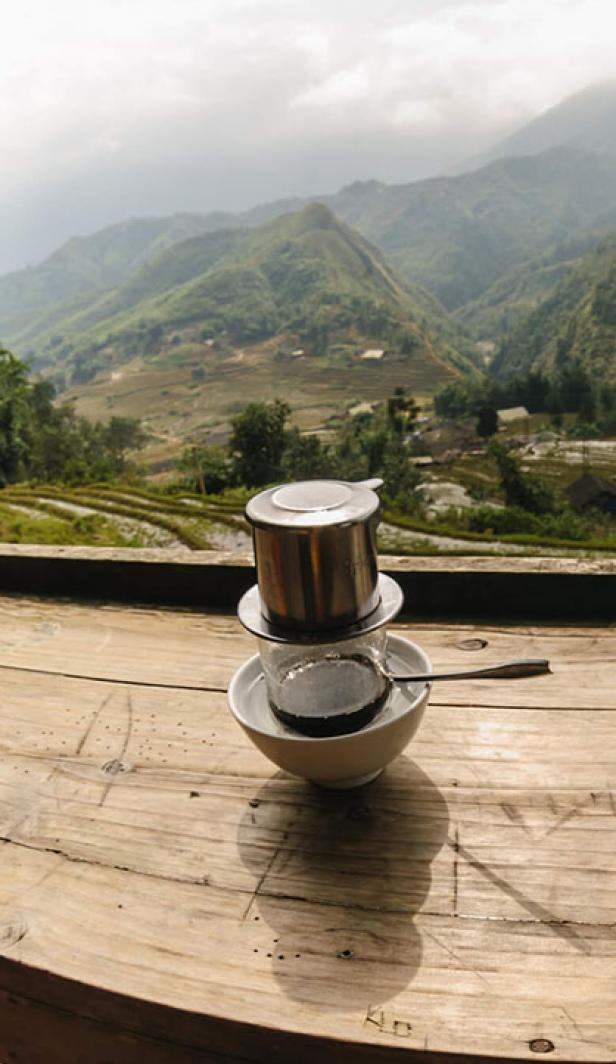History of Chinese Coffee
Historically, China has a very prominent Tea drinking culture, coffee has been present in Chinese society since the mid-1800’s. As the spread of coffee increased rapidly throughout the world, it soon found its way to China, and cafés started developing in the country’s hub, Shanghai.
The Western Influence
The Chinese economy began to globalize in the 1980’s and 90’s. With this came heavy Western influence, which began to change and re-create the one-isolated Chinese culture. However, the progression of Westernisation didn’t affect the speed at which the Chinese adopted coffee and café culture. Despite this, instant coffee was being adopted in households, but purely for home use. Purchasing coffee from café’s was seen as an act done only by the elite people of society.
The rise of the millennials
People born between 1981and 1996, make upa quarter of the current Chinese population. The new middle class is the name given to this group. They are people with disposable incomes and a large appetite for Western culture. The rise of the millennials is the driving force behind consumption in China. This obsessions with westernisation are responsible for almost half of all luxury goods purchased in China. Chinese coffee may not seem like a luxury product, but in China, it is viewed as one. The cost of a cup of coffee is higher than in places like England or the U.S. The Chinese coffee market places higher cost, with higher quality.
Chinese Coffee Culture
Cafés in China are far more experimental, it is all about the experience rather than a high-quality cup of coffee. There are some smaller, more artisanal cafés and domestic chain cafés, however, due to the sheer volume of sugary and oversized drinks that are sought after and get served, it seems that the overall taste and quality of the coffee isn’t actually at the top of the list when it comes to the status of holding and taking a picture of the right cup.
Chinese coffee cup, not Chinese coff
Coffee consumption in China is considered a fashion trend, where of course taste is important, but the way it looks is equally as important too. The most popular coffee for home use is instant coffee, pre-mixed with creamer and sweetener, or flavouring using syrups, to essentially cover the coffee’s actual flavour. Being seen in a café that is considered ‘alterative’ is almost as important as the actual coffee that is consumed. This fashionable coffee craze has helped larger mainstream brands dominate the Chinese coffee market.
Diversity of Chinese Coffee culture
Community and traditions are important in China. Local identities are firmly held onto. Chinese coffee culture has not only embraced these traditions, but tried to adapted to them.
Shanghai
There is a huge appetite for new and exciting Chinese coffee opportunities. Cafés are expected to produce fun coffee creations and are expected to constantly evolve and adapt their menus to stay relevant, the bigger, and more creative, the better.

Beijing
Beijing is steeped in rich historic and artistic culture, which is present in their taste for Chinese coffee. Therefore, it is down to the local cafés to offer the community with the respectable atmosphere in house and in their coffee, trust and familiarity is important to the coffee drinkers of Beijing.

Hong Kong
The people of Hong Kong are known for their fast-paced lifestyle and work motivated people. Which is how the YuanYang tea was created, a mixture of strong black coffee with equally strong black milk tea, to create the signature beverage of Hong Kong. Which directly translates to “Lovebirds Tea”.
The technical ratio is three parts coffee to seven parts black milk tea. The coffee-tea combination originated in Hong Kong, where it is commonly sold by street vendors. Each vendor usually has a signature recipe. The Yuangyang tea can be enjoyed hot or cold.

China is a rapidly modernizing country. What is popular and in favour today might well be gone tomorrow. The huge population offers a seemingly endless market, and the growing upper middle class is fuelling an unprecedented culture of consumption. Meaning there is more need for new and exciting Chinese coffee creations.
That’s our little snippet of Chinese coffee, want to find out more about Asian coffee? Why not read our article on Japanese coffee next.
Today’s community favourites




